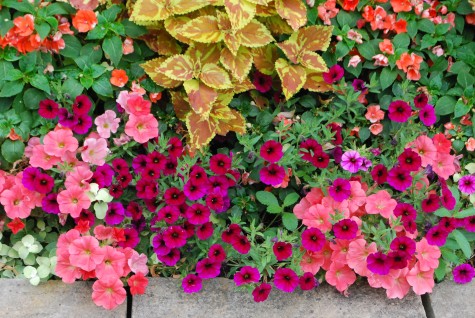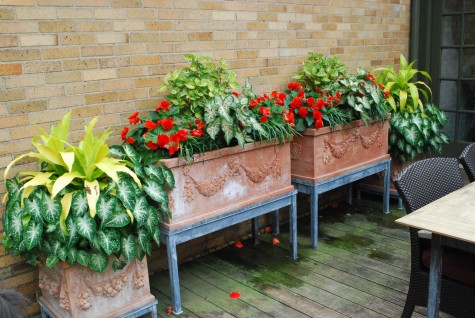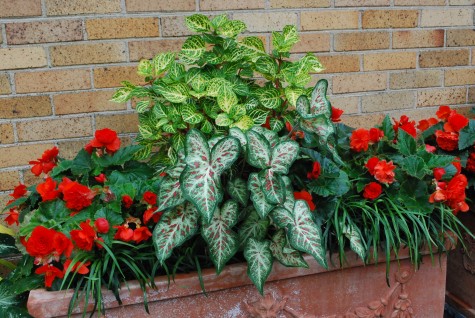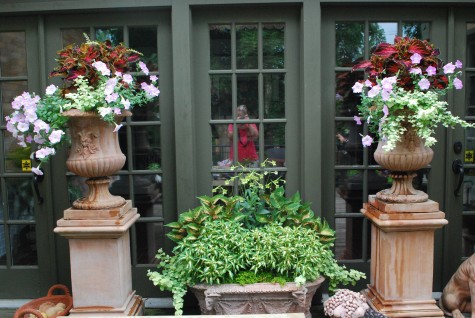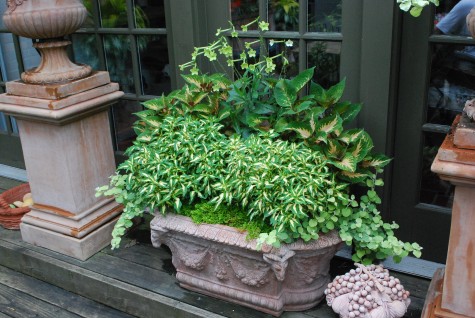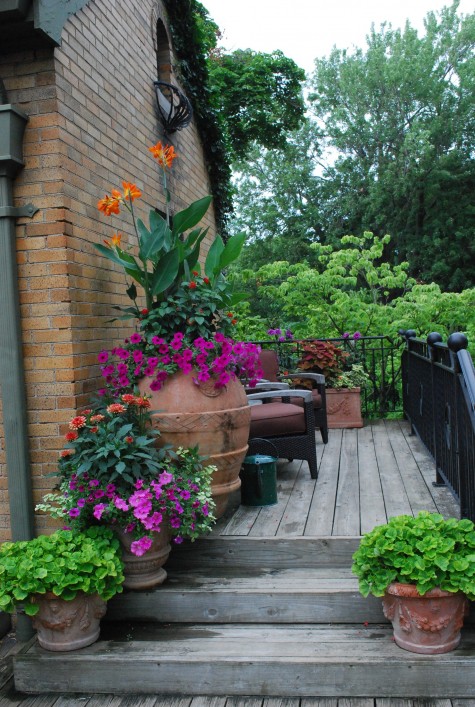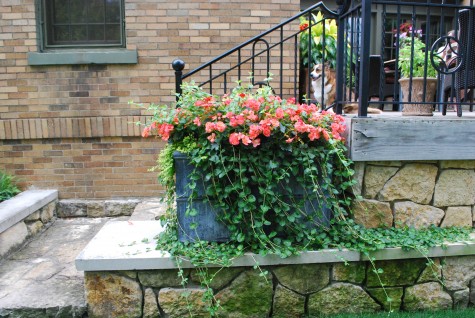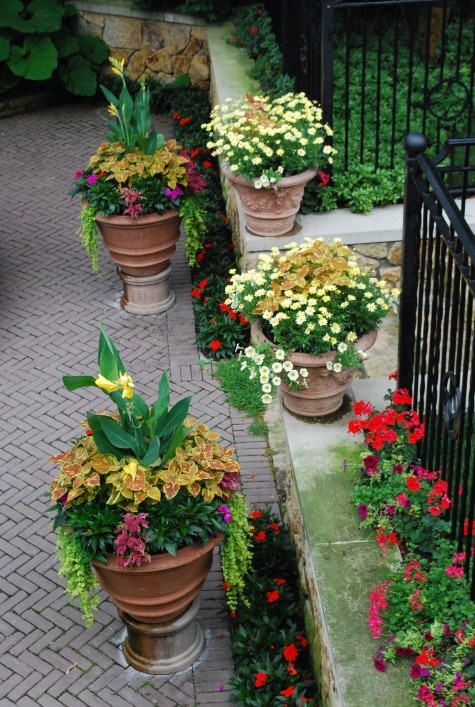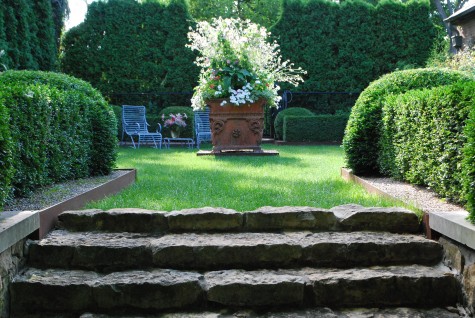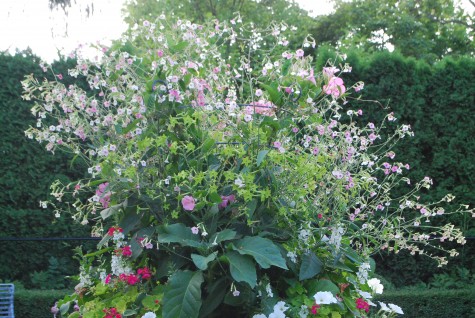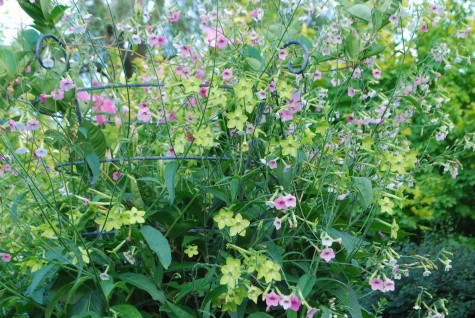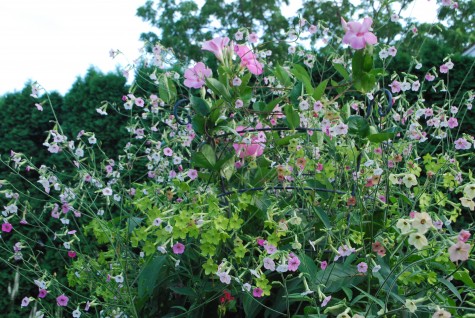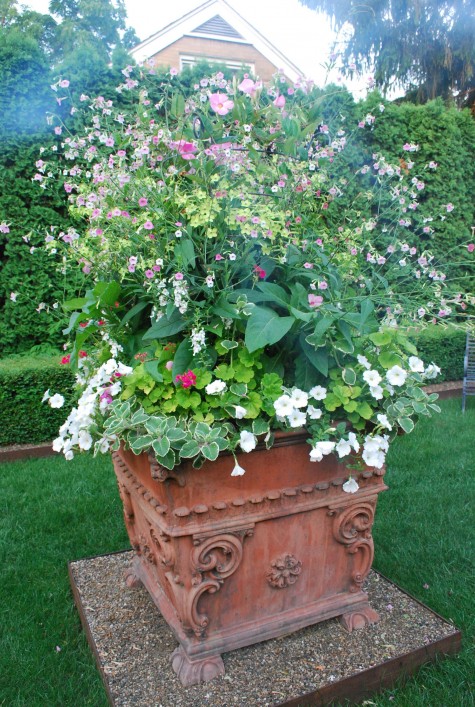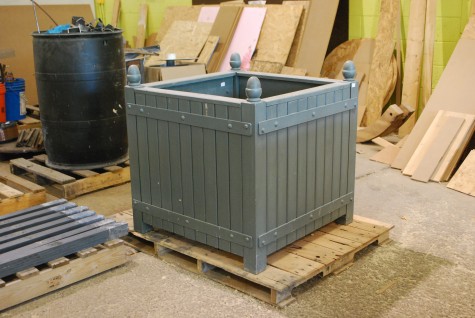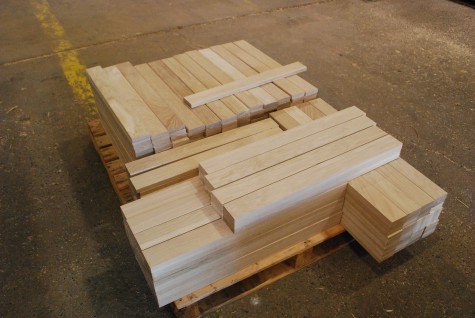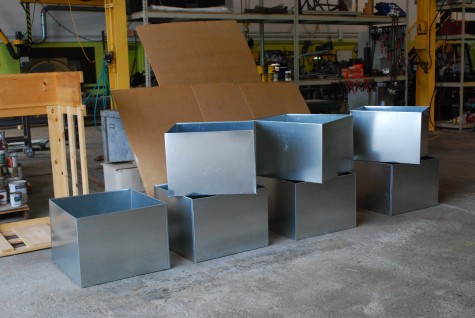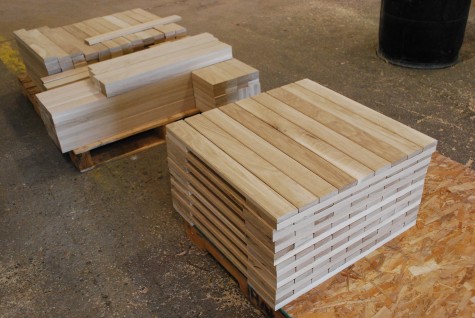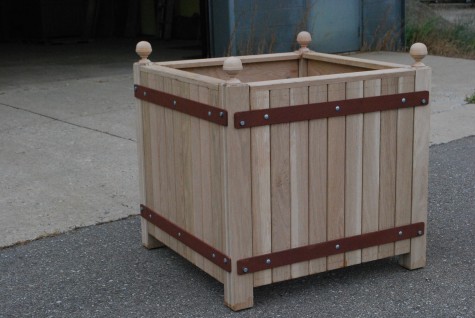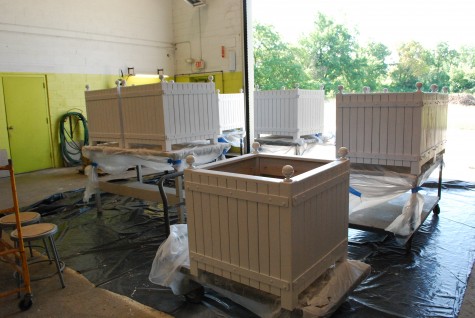In my opinion, participation should be a recognized Olympic sport. Just like you, I have watched the gymnasts push strength and flexibility to astonishing limits. The skiers hurtling down steep slopes that would scare me half to death-how do they do this? The swimmers gliding through water as if it were air, at record breaking speeds. The ski jumpers, high jumpers and long distance runners-could I in any way be related to them? The luge competition-how does anyone come to love to hurtle down a winding path of ice at incredibly high speeds?
Should the Olympic commitee decide to revise their list of sports, I might be game to try out in a few areas. The “water until you are blue in the face” contest, I believe I could qualify for the American team. The “plant, maintain, mourn, and replant” sporting event is right up my alley. The endurance digging event-I would have a sporting chance to finish in the top 20. I cannot believe I would not be a contender for a gold medal in hand wringing. I might even consider the pruning competition. The world series of annual planting, which would of course take place over 4 months-this I might try out for. My trying out for any of the aforementioned sports implies that I have a big dose of the persistence gene. Those people who run the 60 second dash, and the marathoners or triathalon people could not begin to compete with me over the long run.
I participate in my garden. When I am not participating-I see all the signs. Most things that languish or fail-I am to blame. I am too tired to water. I do not take the time to figure out what isn’t working. I let this or that slide until I have a problem right up close and undeniable. But in general, I am really persistent. I still love planting and growing-I have been actively involved in this pursuit for 36 years.
But all of my persistence with a landscape project involving a client does not amount to a hill of beans, unless I have a partner/client who participates. It is not their job to know how to participate. It is my job to make an outline, coach, and communicate. But I know my limits. I cannot force anyone to participate-nor would I want to. There are those who have no inclination to participate; this I admit, reluctantly. Nurturing a landscape relationship that is about to catch fire is much different than mounting an eloquent defence. I hate defending. I like connecting about a goal to be determined.
The gene for participation has to be there.
This participation gene is a big and easily recognizable gene. I saw it all over the place, all day long, at the garden tour last Sunday. Who else would pay so much for a ticket to tour in 93 degree heat, but those people who readily participate in gardening? World class participators-each and every one of them. I saw so many sweating faces, taking pictures, asking questions, and saying thank you-the melt down conditions aside. We were all participating. Participation in gardening takes many forms. There are those hands on gardeners. There are those gardeners who are older, who hire help to keep a landscape and garden in good condition. There are those young people with an idea, and not much experience or disposable income. There are those people from every walk of life and persuasion for whom the beauty of a garden constitutes a way of life.
All and every one of these people who participate in the making and maintaining of a landscape and garden enrich my life. It goes without saying, in my group, that the participation in a garden takes the idea of sport to quite another level. The natural world is our world. It enchants, challenges, and astonishes. The natural world is a real place to live. Your participation will preserve our planet, and enrich your life. What could be better? I would invite you to participate, with what ever means you might have available.
